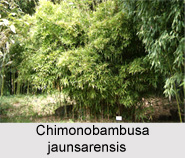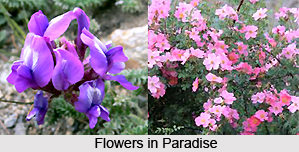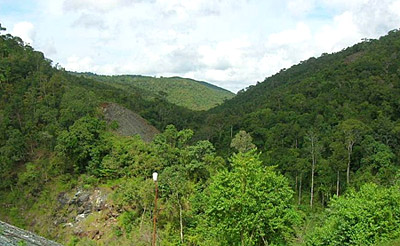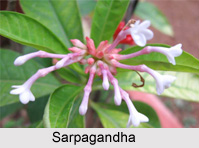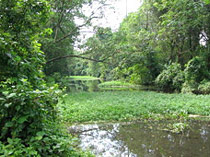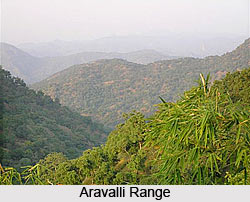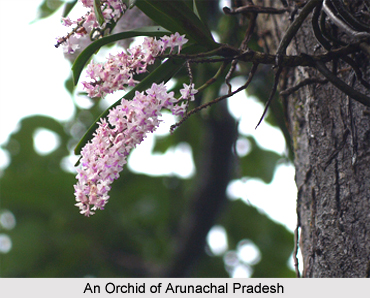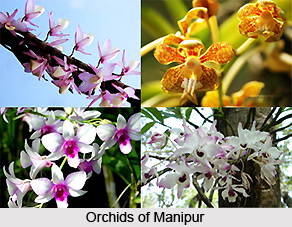There are a few trees in India that can attract people very easily with their extraordinary combination of colours. The Lignum Vitae is such a kind of tree. The fresh and beautiful colours of The `Lignum Vitae` tree have a sharp comparison with the predominant yellows and reds. This tree is known as `Guaicum Officinale` in science. It came from the family of `Zygophyllaceae`.
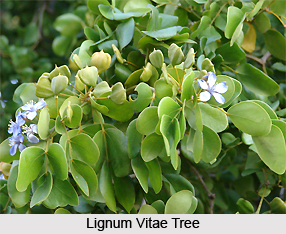 The Lignum Vitae tree has a gloomy, curved crown of tiny, dry leaves and the crown frames some bunches of small flowers that are blue in colour. It grows slow and after maturity it can reach the height of about 9 to 12 m. Generally, the tree has a twisted shaft and some complex branches. The bark of the trunk is smooth and spotted in shades of grey and light brown. However, in the branches, the bark is wrinkled and always ashy in colour. A lot of branchlets bounce from these pointed branches and all of them bear several dark green leaves. The leaves are consisting of two or three pairs of soft and stem less leaflets. The leaflets are rounded in size and about 2.5 cm in length. However, they vary in size and shape quite noticeably. Normally the end pair of the leaflets is the largest one. Each leaf has a tiny spot of orange at the base of the tree.
The Lignum Vitae tree has a gloomy, curved crown of tiny, dry leaves and the crown frames some bunches of small flowers that are blue in colour. It grows slow and after maturity it can reach the height of about 9 to 12 m. Generally, the tree has a twisted shaft and some complex branches. The bark of the trunk is smooth and spotted in shades of grey and light brown. However, in the branches, the bark is wrinkled and always ashy in colour. A lot of branchlets bounce from these pointed branches and all of them bear several dark green leaves. The leaves are consisting of two or three pairs of soft and stem less leaflets. The leaflets are rounded in size and about 2.5 cm in length. However, they vary in size and shape quite noticeably. Normally the end pair of the leaflets is the largest one. Each leaf has a tiny spot of orange at the base of the tree.
When the Summer begins, the whole crown of The Lignum Vitae tree wraps up in silvery blue colour and many of the flower clusters remain all through the monsoon. Some of the `Lignum Vitae` trees have a second, but minor flowering period during the end of the year.The flower clusters of the Lignum Vitae tree present a gracefully shaded effect as the buds and newly opened flowers are coloured in quite a deep blue and the old flowers lose color and become palest silver.
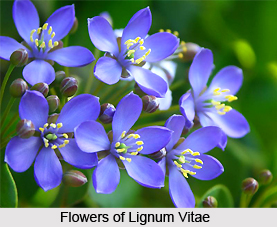 Each of the tiny flowers contains five spreading petals that surround ten straight and yellow-tipped stamens. In the month of August, the small and round berries decorate the tree with some gold dots. They are green in colour when they appear in minute clusters. After they are matured, they take the bright yellow and orange colour. Their shape is irregular and they are compressed to form varying numbers of rounded wings.
Each of the tiny flowers contains five spreading petals that surround ten straight and yellow-tipped stamens. In the month of August, the small and round berries decorate the tree with some gold dots. They are green in colour when they appear in minute clusters. After they are matured, they take the bright yellow and orange colour. Their shape is irregular and they are compressed to form varying numbers of rounded wings.
The tree naturally radiates a lucid green resin from the trunk. Sometimes people obtain the resin by cutting the tree in sections and heating the wood. This gum can produce a very pleasant odour when it is melted. The wood of The Lignum Vitae tree is tough and olive-brown in colour. Though not so pleasant, the wood is also aromatic. As the wood is awfully firm and heavy, it is not suitable at all to float in water. In fact it is calculated as the heaviest of all commercial woods available. The `Lignum Vitae` heartwood has no natural substitution at all for such uses as making the parts of the propeller shafts of steamships. This wood is also vividly used to make Bowling balls, mallets, bearings, etc. Almost all the parts of the `Lignum Vitae` tree like the wood, gum, bark and fruits contain valuable medicinal qualities. One may get very surprised knowing the fact that there are no local names for the tree in India. The tree contains some magical properties with which the doctors can treat the maladies.
